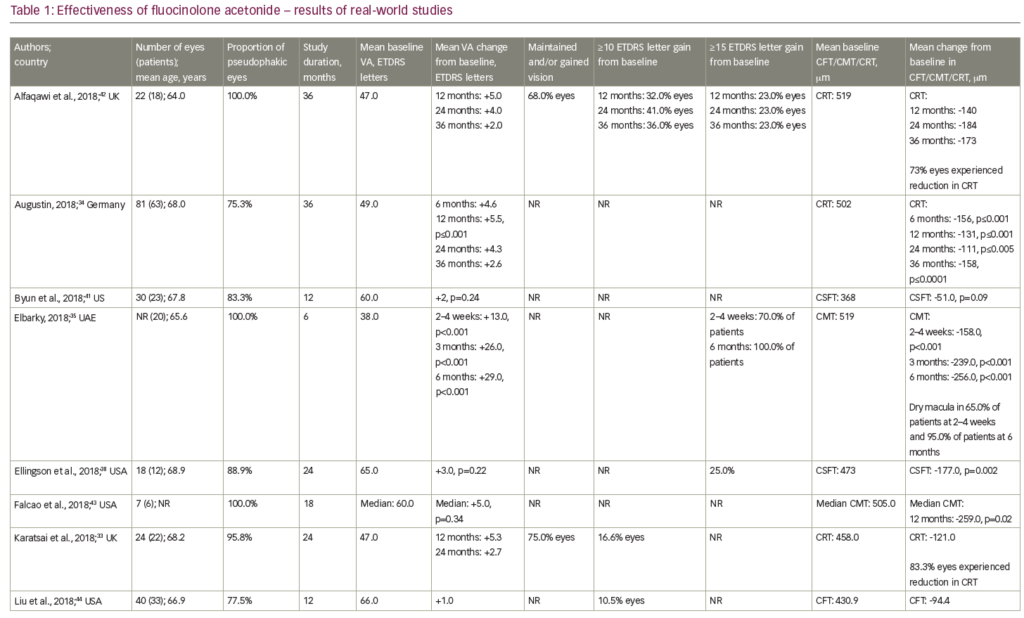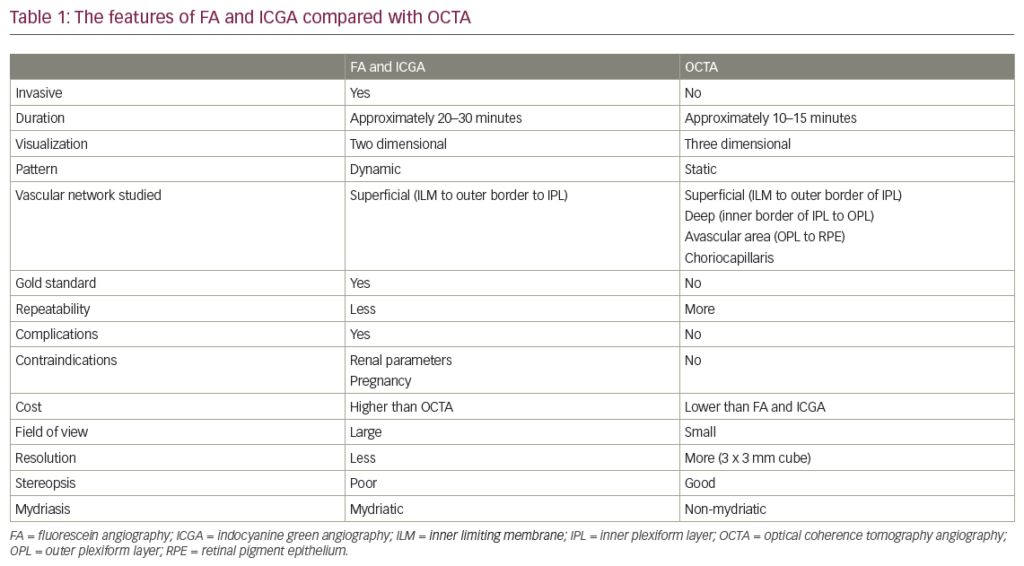In the realm of cataract surgery, technologic advances allowing perfect refractive outcomes are becoming the norm. There is a growing body of literature to show that the benefits of laser cataract refractive surgery have major implications for a range of parameters, including the accuracy of refractive surgical outcomes, incidence and spectrum of intraoperative complications, and the incidence and severity of postoperative inflammation. Assessment of corneal topography has become important for surgical planning in patients receiving cataract surgery. Its value and situations where it has been crucial in guiding intraocular lens (IOL) selection are discussed in a paper by Loh et al. Patients with IOL complications, such as dislocations and those left aphakic after cataract surgery, demand and deserve similarly improved technologies that will decrease surgical times and wounds and improve long-term IOL stability and retention.
Foreword – US Ophthalmic Review, 2015;8(2):15
Share
Select a Section…
Log into your Touch Account
Earn and track your CME credits on the go, save articles for later, and follow the latest congress coverage.
Sign up with an Email
Or use a .
This Functionality is for
Members Only
Explore the latest in medical education and stay current in your field. Create a free account to track your learning.










